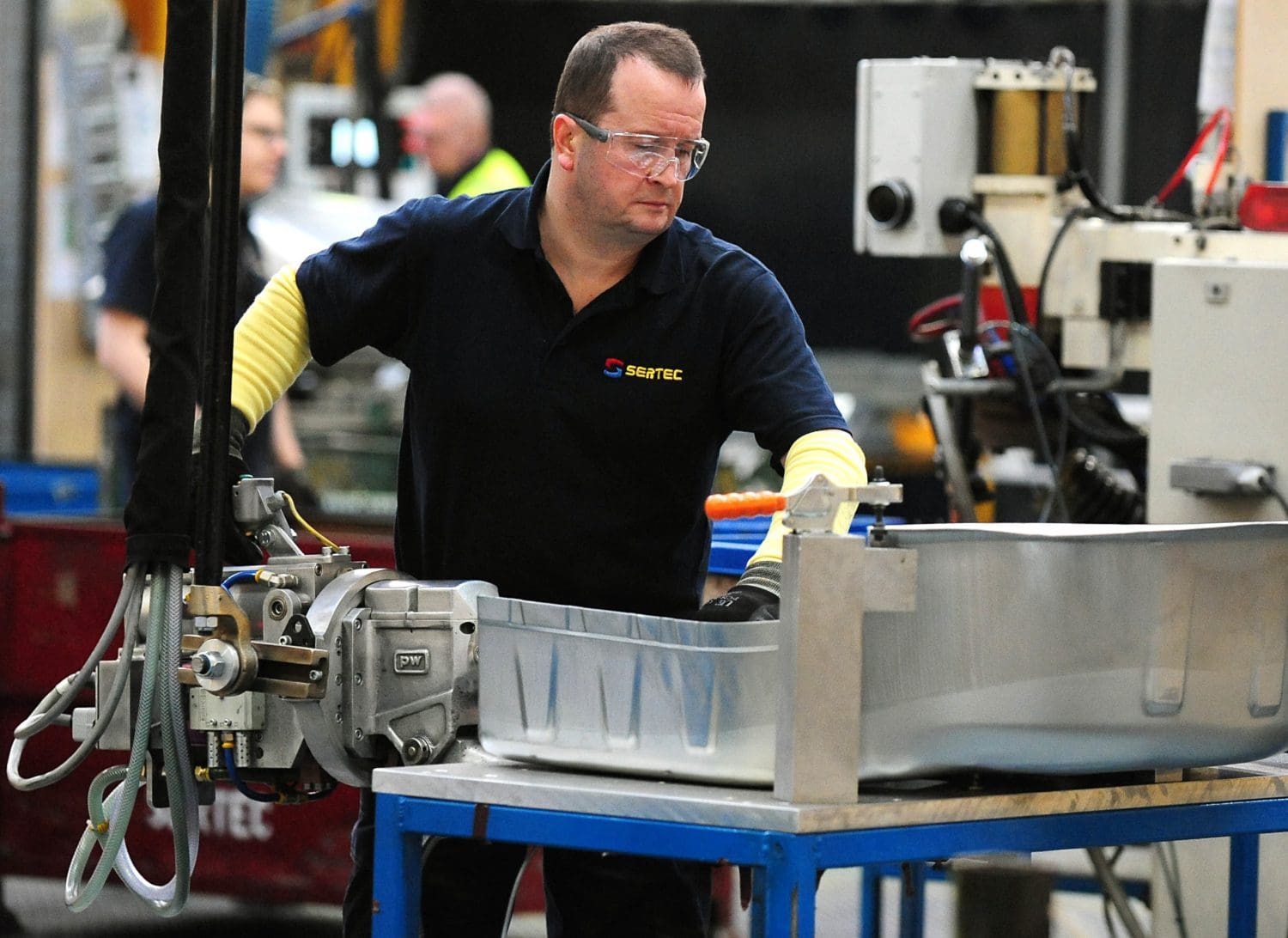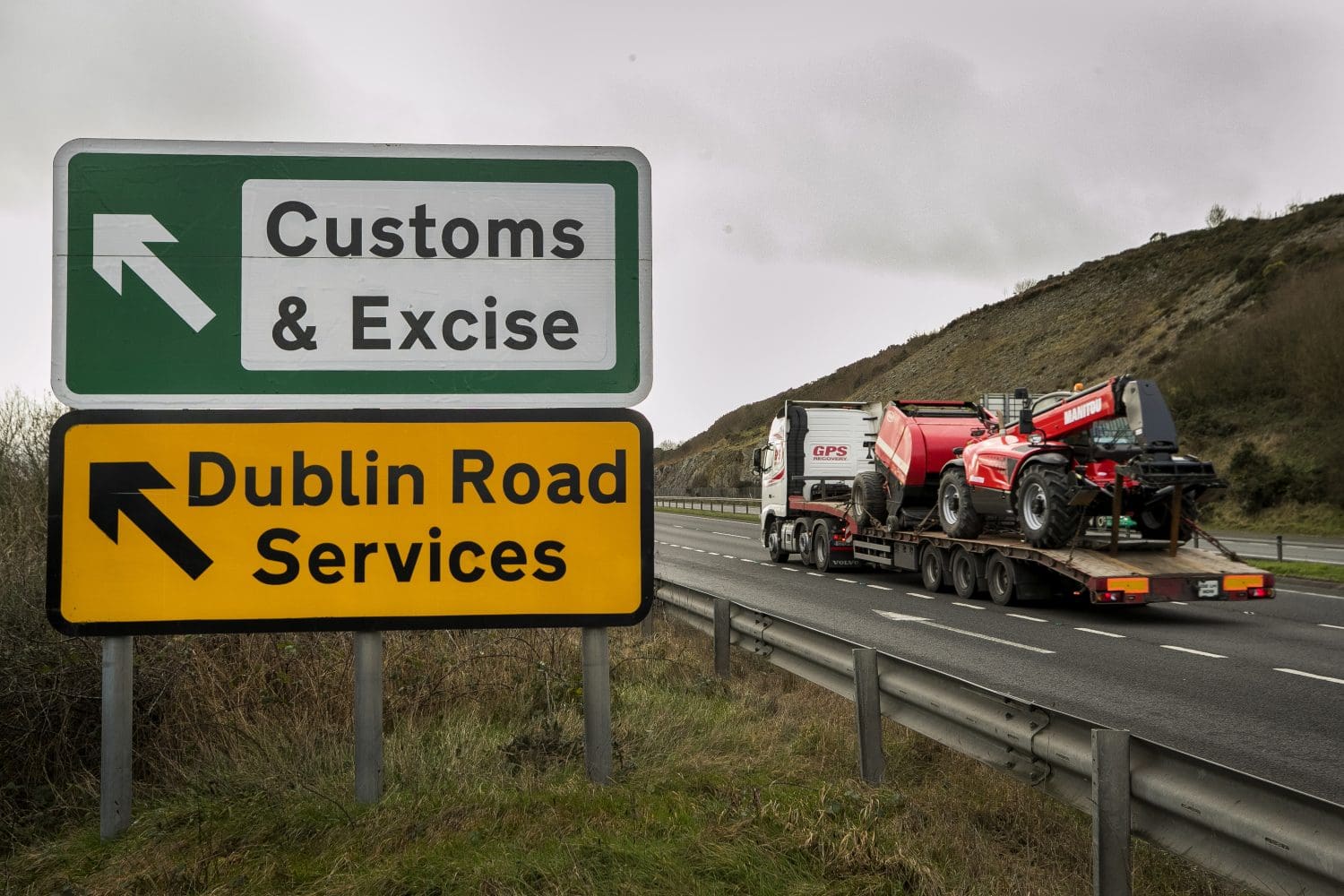With Brexit due on October 31, Boris Johnson has set out in writing his demands for changes to the UK’s divorce deal from the European Union.
– What has the Prime Minister said?
In his letter to European Council president Donald Tusk, Johnson confirmed his aim of removing the backstop – the contingency plan to keep a soft border with Ireland in all circumstances – from the legally binding Withdrawal Agreement.
I have written to @eucopresident about key aspects of the UK’s approach to Brexit, problems with the “backstop” & the Government’s commitment to the Belfast (Good Friday) Agreement whether there is a deal with the EU or not.https://t.co/7JYdIsZdjB pic.twitter.com/Sc6WjDPdkw
— Boris Johnson (@BorisJohnson) August 19, 2019
– Why does he say the change is necessary?
He gives three reasons: The backstop is “anti-democratic and inconsistent with the sovereignty of the UK” because it would potentially indefinitely “bind us into a customs union” and result in single market legislation in Northern Ireland. There would be no means of unilaterally exiting from the arrangement and no say for the people of Northern Ireland over the rules that apply there.
His second reason is that it would restrict the UK’s ability to diverge from the EU’s rules, which is “the point of our exit” from the bloc.
Johnson also claims the backstop risks weakening the Good Friday Agreement by removing control of large areas of commercial and economic life to an “external body over which the people of Northern Ireland have no democratic control”.

– So what does he propose instead?
The Prime Minister said the UK would agree to a “legally binding commitment” not to put in place infrastructure, checks or controls at the border with Ireland and would hope the EU did the same.
The backstop should be replaced with a commitment to put in place “alternative arrangements”, as far as possible before the end of the transition period, as part of the future relationship between the UK and EU.
Johnson also leaves the door open for a fallback option – which the backstop was intended to be – in case other arrangements are not in place, saying “we are ready to look constructively and flexibly at what commitments might help”.
– What is the response from the EU?
The Taoiseach reiterated the EU27 position that the Withdrawal Agreement cannot be reopened, and emphasised the importance of the legally operable guarantee to ensure no hard border and continued free trade on the island of Ireland. https://t.co/HaCYv72V5s
— MerrionStreet.ie (@merrionstreet) August 19, 2019
Ireland has already rejected the idea of scrapping the backstop. In a phone call with Johnson on Monday, Taoiseach Leo Varadkar “reiterated the EU27 position that the Withdrawal Agreement cannot be reopened” and stressed the importance of the “legally operable guarantee” to prevent a hard border.
Johnson will meet German Chancellor Angela Merkel on Wednesday and France’s Emmanuel Macron on Thursday for his first face-to-face talks with Europe’s key powerbrokers.
– So what happens next?
Johnson believes the EU will blink first and agree to reopen the Withdrawal Agreement, saying on Monday that although “our friends and partners on the other side of the Channel are showing a little bit of reluctance at the moment to change their position” he was “confident that they will”.
But the UK was also ramping up preparations for a no-deal Brexit, with a public information campaign and advertising blitz expected in the coming weeks to prepare citizens for the prospect.


















